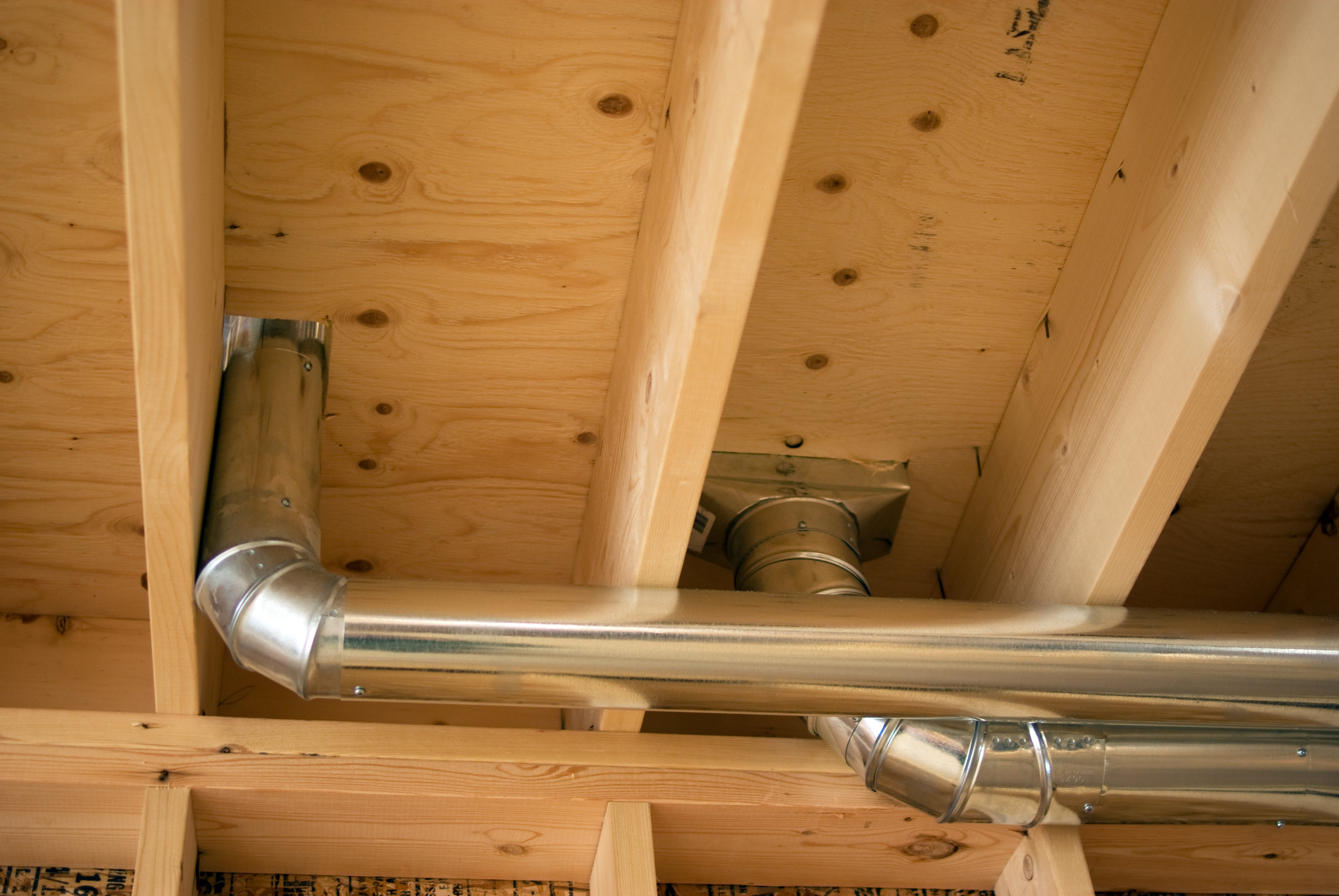Your ductwork is the pathway through which heated and cooled air passes and stale indoor air is removed from your home. The many ductwork materials available today may make choosing the right one for your needs seem overwhelming. Let's discuss the best options available to help you better understand where each ductwork material excels and lacks.
Sheet Metal
Sheet metal ducts are made of aluminum or galvanized steel. They're durable due to their thick, solid walls. In fact, they can be stepped on without being crushed. They're available in various duct shapes, including rectangular, round, and spiral oval. The smooth interior traps particles like dust and is easy to clean. As a result, it's advisable to have sheet metal ducts cleaned professionally from time to time.
Fiberboard
Fiberboard is typically the most inexpensive ductwork material to install. Fiberboard ducts comprise resin boards bonded with fiberglass strands. Their outer foil face serves as a barrier against water and air. Their interior is sealed to prevent fiberglass particles and fibers from infiltrating the air. Fiberboard provides soundproofing benefits and can be made to fit spaces where it would be challenging to fit some other materials. Fiberboard ducts are susceptible to mold and mildew growth, particularly in humid climates.
Fiberglass
Fiberglass can be used to line sheet metal ducts internally or externally. The lining limits heat loss and offers insulation from HVAC sounds. Consequently, fiberglass-lined ducts are popularly used in offices. However, mold easily affects them, making cleaning them challenging. Additionally, the fiberglass can deteriorate and release particles into the air, potentially affecting your health.
Flexible
Flexible ducts consist of thick polymer plastic covering a steel, spring coil. They curve easily, making them fit easily in tight spaces. They're the second-cheapest ductwork type, resistant to mold and bacteria, and they're easy to install and maintain. Many people claim to be able to install them, leading to poor installation, air leaks, and inefficiency. Flexible ducts tend to impede airflow, hindering optimal air circulation.
The best ductwork material for your house may depend on factors such as overall design, your budget, and individual preferences. An HVAC professional can help you choose the best material for your home and your area and help you insulate and seal your existing ducts. If you need a duct checkup or replacement in the Broken Arrow area, contact Air Assurance. We were among the pioneers of implementing duct sealing as a standard part of HVAC installations.




















